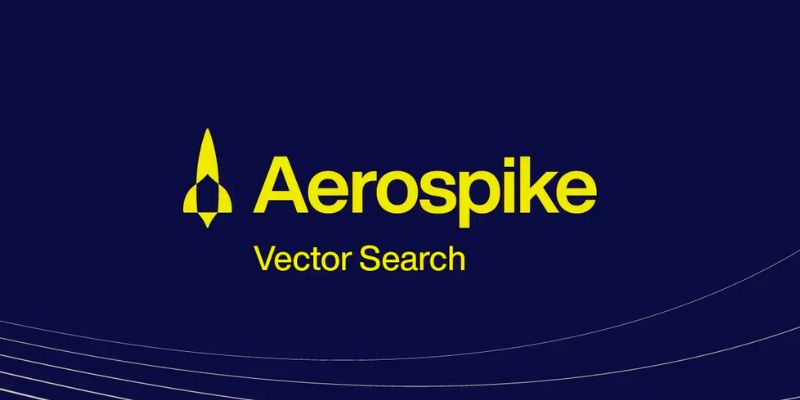When you're trying to figure out if different groups of data really behave differently—or if their differences are just by chance—ANOVA steps in. Standing for "Analysis of Variance," ANOVA is a statistical method that helps compare means across groups. Rather than comparing two averages, like a t-test does, ANOVA is built to handle more. It doesn't just compare; it examines variance between and within groups to understand what's influencing the outcomes.
Now, let’s look at the two types: One-Way ANOVA and Two-Way ANOVA. They sound similar, and they do rely on the same core idea of variance, but they’re used in different scenarios. Each answers a slightly different question and handles data in its own way.
What is One-Way ANOVA?
One-Way ANOVA is the simpler of the two. It's used when you want to test whether there are significant differences between the means of three or more groups based on a single factor.
Example Scenario:
Imagine you’re studying test scores across three teaching methods. You want to know if the type of teaching method affects the students' performance. Each student is only exposed to one method. Here, the “teaching method” is your one factor.
How It Works:
It separates the overall variation in the data into two parts:
- Variation between the groups (how different the group averages are from each other).
- Variation within the groups (how much scores vary inside each group).
Then, it uses these numbers to calculate an F-statistic, which tells you whether the group means are statistically different.
Key Assumptions of One-Way ANOVA:
- Each group’s data is normally distributed.
- Variances across groups are roughly equal.
- Observations are independent.
If the assumptions hold and the F-test gives a significant result, that’s your cue: at least one group’s mean is different. But it won’t tell you which ones. You’ll need a post-hoc test (like Tukey’s HSD) for that.
What is Two-Way ANOVA?

Two-Way ANOVA is used when your data is influenced by two different factors, and you want to examine their effect—both separately and together.
Example Scenario:
Let's say you're looking at test scores again, but this time, you're studying not just teaching methods but also classroom environments (quiet vs. noisy). Now, you've got two factors: method and environment.
What It Tells You:
Two-Way ANOVA breaks things down into three parts:
- The effect of the first factor (teaching method).
- The effect of the second factor (classroom environment).
- The interaction effect between the two.
The interaction effect is where things get interesting. It tells you whether the impact of one factor depends on the level of the other. For example, a teaching method might work well in a quiet room but not in a noisy one. Two-Way ANOVA can uncover this kind of dependency.
Assumptions It Follows:
- Each group should be normally distributed.
- There should be equal variances across groups.
- Observations must be independent.
- The data should be balanced (ideally, the same number of observations in each group).
If the data isn’t balanced, you can still run a Two-Way ANOVA, but interpretation becomes less straightforward, and the results may be harder to trust.
One-Way vs. Two-Way ANOVA: How They Compare
Even though both methods share the same backbone—comparing variance—they are set up for different research questions. One-Way ANOVA is about checking one thing at a time. Two-Way ANOVA checks two, and then looks at how they play off each other.
Feature | One-Way ANOVA | Two-Way ANOVA |
|---|---|---|
Factors | One | Two |
Can Test Interaction? | No | Yes |
Design | Simple | More Complex |
Example | Comparing test scores across three schools | Comparing test scores across schools and teaching styles |
In terms of setup, One-Way ANOVA is quicker to organize and interpret. However, if your data has more than one factor possibly affecting outcomes, and especially if those factors might interact, Two-Way ANOVA gives a deeper look.
How to Perform ANOVA: Step-by-Step
The process is generally the same for both One-Way and Two-Way ANOVA, though Two-Way involves more detail because of the second factor. It starts with defining hypotheses. For One-Way ANOVA, the null assumes all group means are equal; the alternative says at least one is different. Two-Way ANOVA involves three nulls: no effect from the first factor, no effect from the second, and no interaction. The alternative says at least one of these is false.

Next, check that your data meets ANOVA’s assumptions. Each group should be normally distributed, variances should be roughly equal, and observations must be independent. You can use histograms, Q-Q plots, or Levene’s test to check this. After that, the ANOVA is run using tools like R, SPSS, or Python's statsmodels. The output includes F-statistics and p-values for each factor and, in Two-Way, their interaction.
Interpreting the results is straightforward. A p-value below 0.05 means you can reject the null. In One-Way ANOVA, that is a difference among group means. In Two-Way, you'll see separate p-values for each main effect and their interaction. Any significant result points to an effect worth noting. If the results are significant, follow up with a post-hoc test like Tukey's HSD. ANOVA tells you a difference exists but not where. Post-hoc tests help pinpoint which groups differ without increasing error from multiple comparisons.
Final Thoughts
ANOVA, whether One-Way or Two-Way, is a go-to method when comparing more than two group means. The key difference lies in the number of factors being tested and the insights you're aiming to uncover. One-Way ANOVA is ideal when you're testing the effect of a single independent variable, keeping things simple and straightforward.
Two-Way ANOVA, however, allows you to study the combined and separate effects of two factors, providing a more nuanced understanding—especially when interaction effects are of interest. Choosing the right type depends on your research question. When applied correctly, ANOVA is a powerful tool for drawing meaningful conclusions and guiding data-driven decisions in research and analysis.











